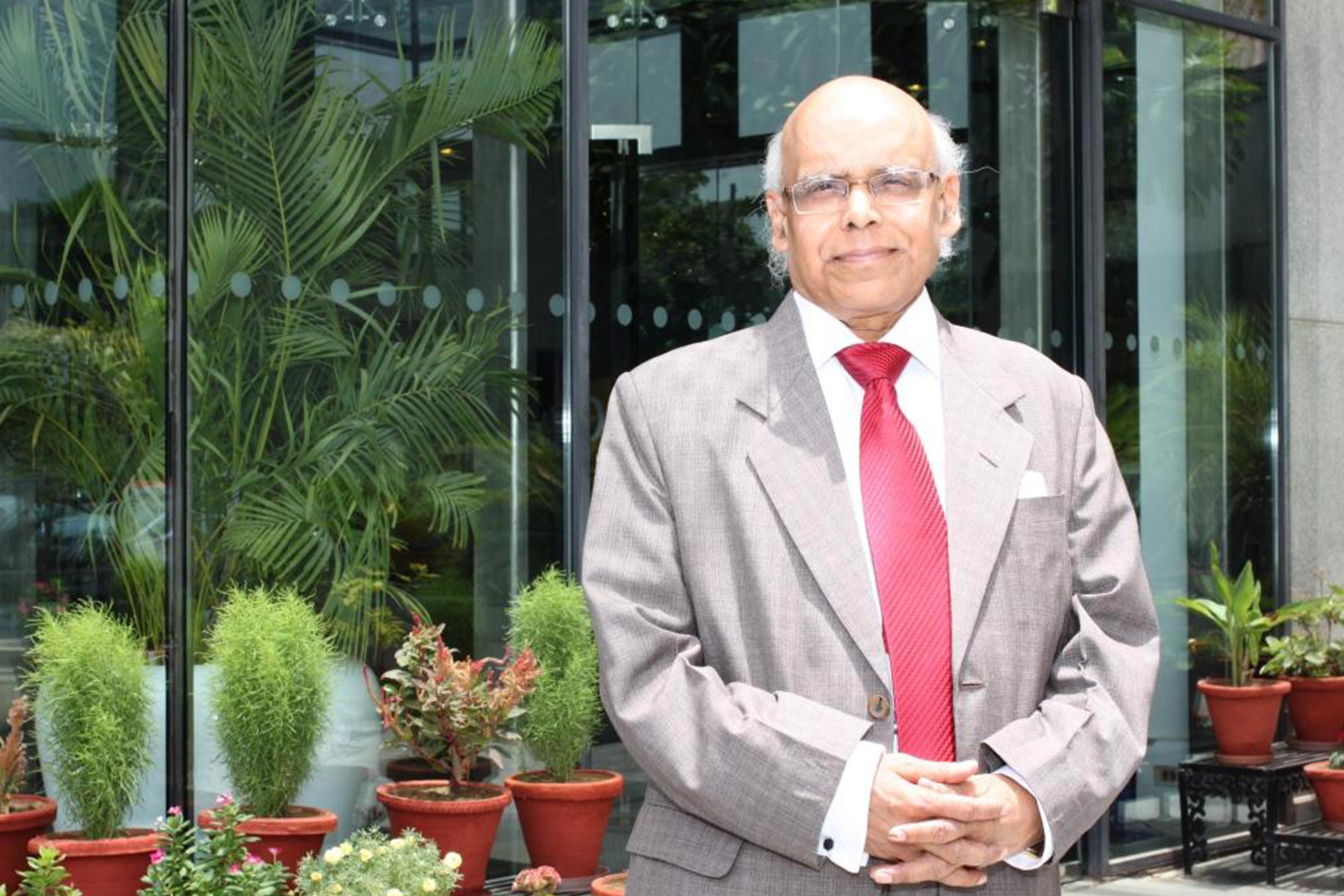EY refers to the global organization, and may refer to one or more, of the member firms of Ernst & Young Global Limited, each of which is a separate legal entity. Ernst & Young Global Limited, a UK company limited by guarantee, does not provide services to clients.
How EY can help
-
Tax policy advisory services by EY India offers insights & strategies to navigate complex tax regulations, driving business growth and compliance.
Read more
How should policies be calibrated to optimize growth?
The emerging state-wise population patterns call for a careful calibration of policy initiatives, relating especially to education, health, and infrastructure for maximizing India’s longer-term growth.
- The central government may give higher priority to education, training, and skilling up to the late 2030s after which health expenditures may be accorded higher priority.
- Both central and state governments should focus on training, educating and skilling the female population.
- The central government may give higher priority to urbanization in states which are lagging in this respect, such as Himachal Pradesh, Bihar and Assam.
- States with a relatively high share of W1 (16-39 years) need to prioritize expenditure on training and upskilling of their young working age persons.
- States with a relatively higher share of W2 (40-64 years) should devise schemes to incentivize their households to increase financial savings.
- States with a higher share of D1 (0-15 years) should allocate relatively more on education in the next few decades, slowly shifting the emphasis towards health expenditure.
- States with a relatively higher share of D2 (65 years and above) need to prioritize their government health expenditure focused on geriatric diseases.




